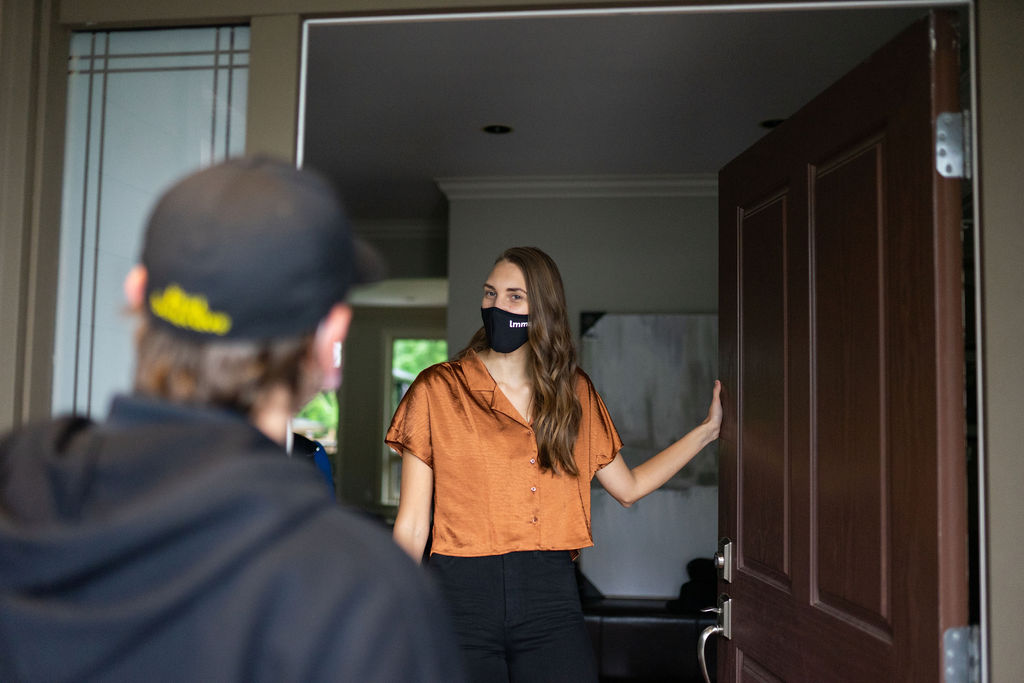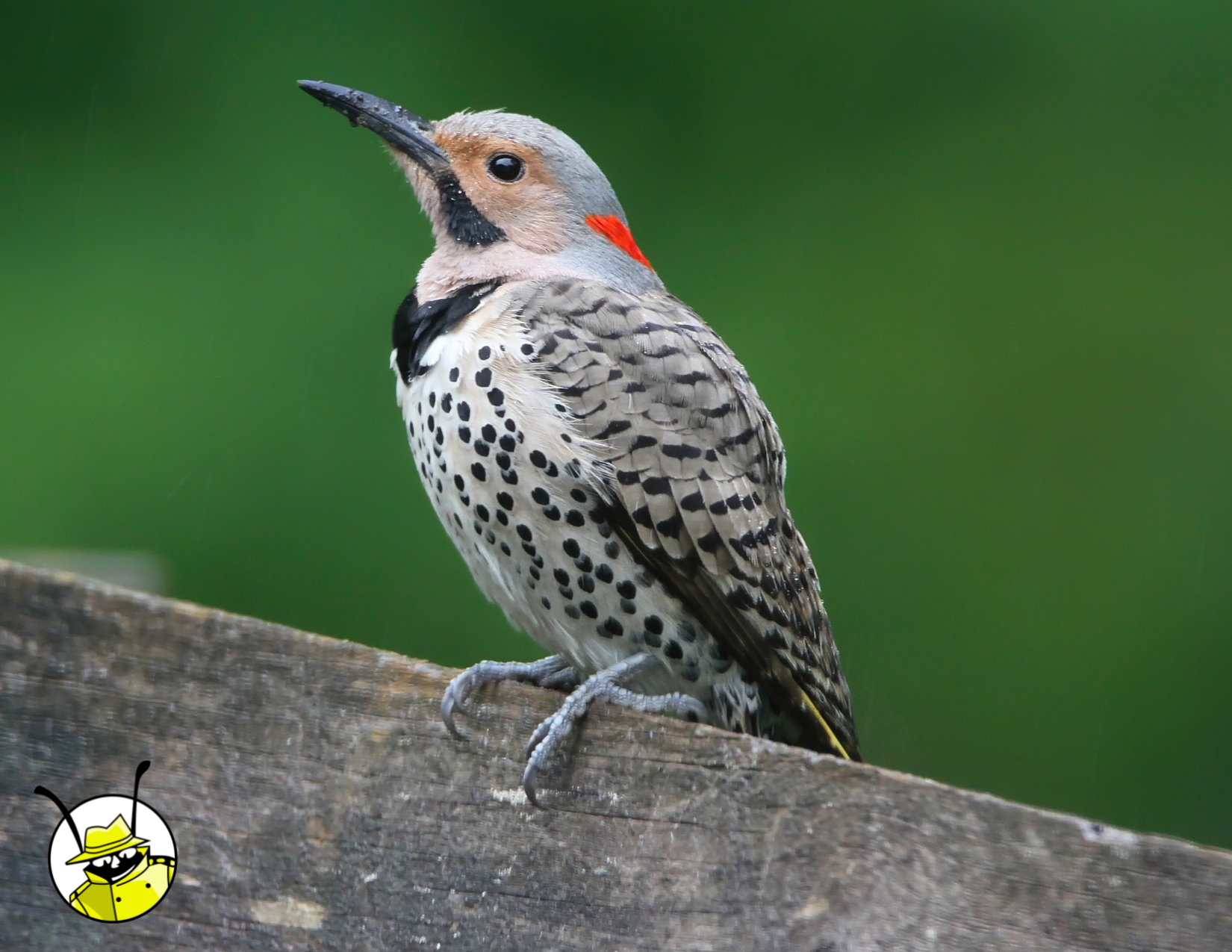When skunks feel threatened, they can spray up to six strikes of sulphur compound, which takes up to ten days for their body to replenish.
The skunk may be small in size but its self-defence mechanism can certainly pack a punch! In order to defend itself from larger predators, including bears, it has the ability to release an offensive odour from two internal walnut-sized glands beneath the tail. A skunk’s spray consists of thiol, an oily sulphur compound that can shoot up to ten feet and cause chemical burns. Their horrendous stench keeps their predators away by giving the impression that they also taste awful. Keep an eye out for warning signs should you come into contact with one. Skunks will stamp their feet and thrust their tail high in the air before releasing their stink bomb.
What Else Should You Know About Skunks?
- Its stripes serve a purpose. A skunk’s stripes point to where the spray comes out to let their predator know of their best weapon. As its first line of defence, this helps the skunk stay safe while conserving their energy for when they need it most.
- Their spray has evolved because they are nocturnal. Skunks have evolved to rely on their powerful spray for self-defence because they are nocturnal and solitary animals. This automatically increases their risk of being attacked during the day. However, in the event of a surprise ambush, the skunk is able to effectively spray and stun its predators with precision.
- Their spray is dangerously effective. A skunk’s smell can be detected by up to a mile away and linger for days or even weeks. It can ruin clothing, accessories and personal belongings. It can also cause temporary blindness in anyone who is sprayed directly in the face.
- You can fight the smell chemically. If you or your dog gets sprayed, you can forget about using soap and water to get rid of the stench. Many people believe that dousing themselves in tomato juice will eliminate the smell, but in reality, this method only masks the stench. The only way to successfully get rid of the smell is by altering the chemical makeup of the thiols, which involves washing your clothes with a mixture of baking soda and hydrogen peroxide.
- There are different kinds of skunks. There are 10 different types of skunks, varying in size, coat patterns and colours with striped, spotted and swirled patterns. You may see a skunk that is almost entirely black or you may see one that is mostly white.
Skunks can become destructive and create several problems for you and your home, which is why it is important to control skunk infestation quickly and effectively. Pest Detective, your trusted Vancouver exterminator, is readily available to help ensure your home is safe and rodent-free. We will thoroughly assess your property and discuss with you the findings and best course of action to tackle your skunk infestation problem.
Contact us today to learn more about skunk removal in Vancouver or to schedule your pest removal appointment.





